Refine listing
Actions for selected content:
2251 results in Cambridge Elements
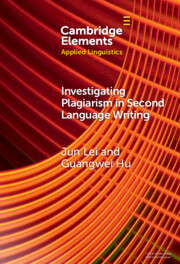
Investigating Plagiarism in Second Language Writing
-
- Published online:
- 10 December 2024
- Print publication:
- 16 January 2025
-
- Element
- Export citation

Stronger Issues, Weaker Predispositions
- Abortion, Gay Rights, and Authoritarianism
-
- Published online:
- 09 December 2024
- Print publication:
- 16 January 2025
-
- Element
- Export citation
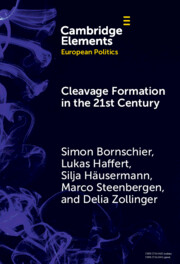
Cleavage Formation in the 21st Century
- How Social Identities Shape Voting Behavior in Contexts of Electoral Realignment
-
- Published online:
- 09 December 2024
- Print publication:
- 05 December 2024
-
- Element
-
- You have access
- Open access
- HTML
- Export citation
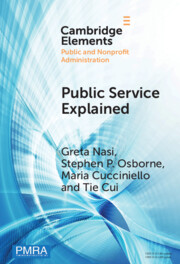
Public Service Explained
- The Role of Citizens in Value Creation
-
- Published online:
- 09 December 2024
- Print publication:
- 19 December 2024
-
- Element
-
- You have access
- Open access
- HTML
- Export citation
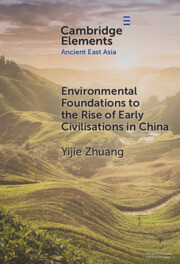
Environmental Foundations to the Rise of Early Civilisations in China
-
- Published online:
- 09 December 2024
- Print publication:
- 09 January 2025
-
- Element
-
- You have access
- Open access
- HTML
- Export citation
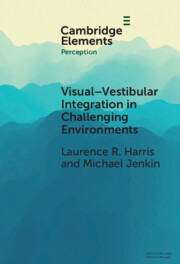
Visual-vestibular Integration in Challenging Environments
-
- Published online:
- 09 December 2024
- Print publication:
- 30 January 2025
-
- Element
- Export citation
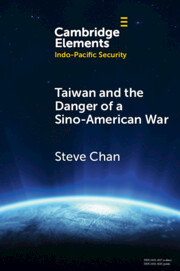
Taiwan and the Danger of a Sino-American War
-
- Published online:
- 09 December 2024
- Print publication:
- 02 January 2025
-
- Element
- Export citation
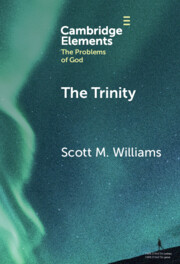
The Trinity
-
- Published online:
- 09 December 2024
- Print publication:
- 16 January 2025
-
- Element
- Export citation
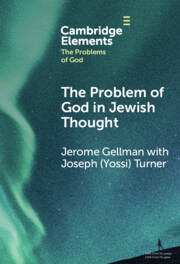
The Problem of God in Jewish Thought
-
- Published online:
- 09 December 2024
- Print publication:
- 09 January 2025
-
- Element
- Export citation
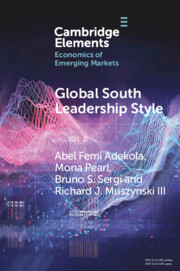
Global South Leadership Style
- Strategies for Navigating Emerging Economies
-
- Published online:
- 06 December 2024
- Print publication:
- 09 January 2025
-
- Element
- Export citation
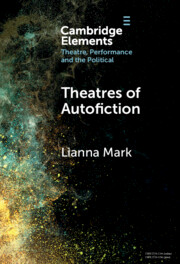
Theatres of Autofiction
-
- Published online:
- 06 December 2024
- Print publication:
- 30 January 2025
-
- Element
- Export citation
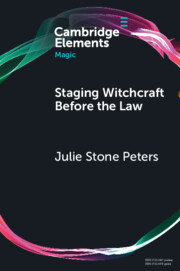
Staging Witchcraft Before the Law
- Skepticism, Performance as Proof, and Law as Magic in Early Modern Witch Trials
-
- Published online:
- 06 December 2024
- Print publication:
- 09 January 2025
-
- Element
-
- You have access
- Open access
- HTML
- Export citation
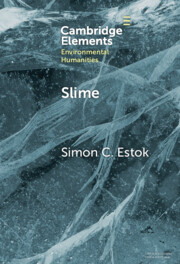
Slime
- An Elemental Imaginary
-
- Published online:
- 06 December 2024
- Print publication:
- 09 January 2025
-
- Element
- Export citation

Contemporary Pagan Philosophy
-
- Published online:
- 06 December 2024
- Print publication:
- 02 January 2025
-
- Element
- Export citation
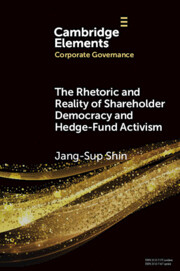
The Rhetoric and Reality of Shareholder Democracy and Hedge-Fund Activism
-
- Published online:
- 05 December 2024
- Print publication:
- 09 January 2025
-
- Element
- Export citation
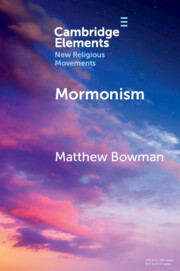
Mormonism
-
- Published online:
- 05 December 2024
- Print publication:
- 16 January 2025
-
- Element
- Export citation
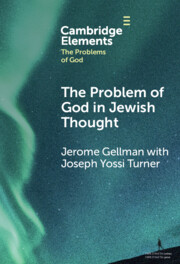
God and the Problem of Epistemic Defeaters
-
- Published online:
- 05 December 2024
- Print publication:
- 02 January 2025
-
- Element
- Export citation
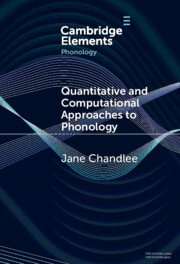
Quantitative and Computational Approaches to Phonology
-
- Published online:
- 05 December 2024
- Print publication:
- 16 January 2025
-
- Element
- Export citation
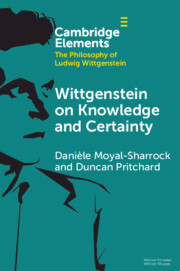
Wittgenstein on Knowledge and Certainty
-
- Published online:
- 05 December 2024
- Print publication:
- 09 January 2025
-
- Element
- Export citation
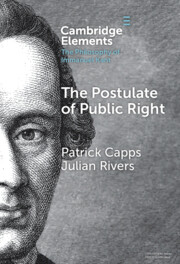
The Postulate of Public Right
-
- Published online:
- 05 December 2024
- Print publication:
- 09 January 2025
-
- Element
- Export citation
